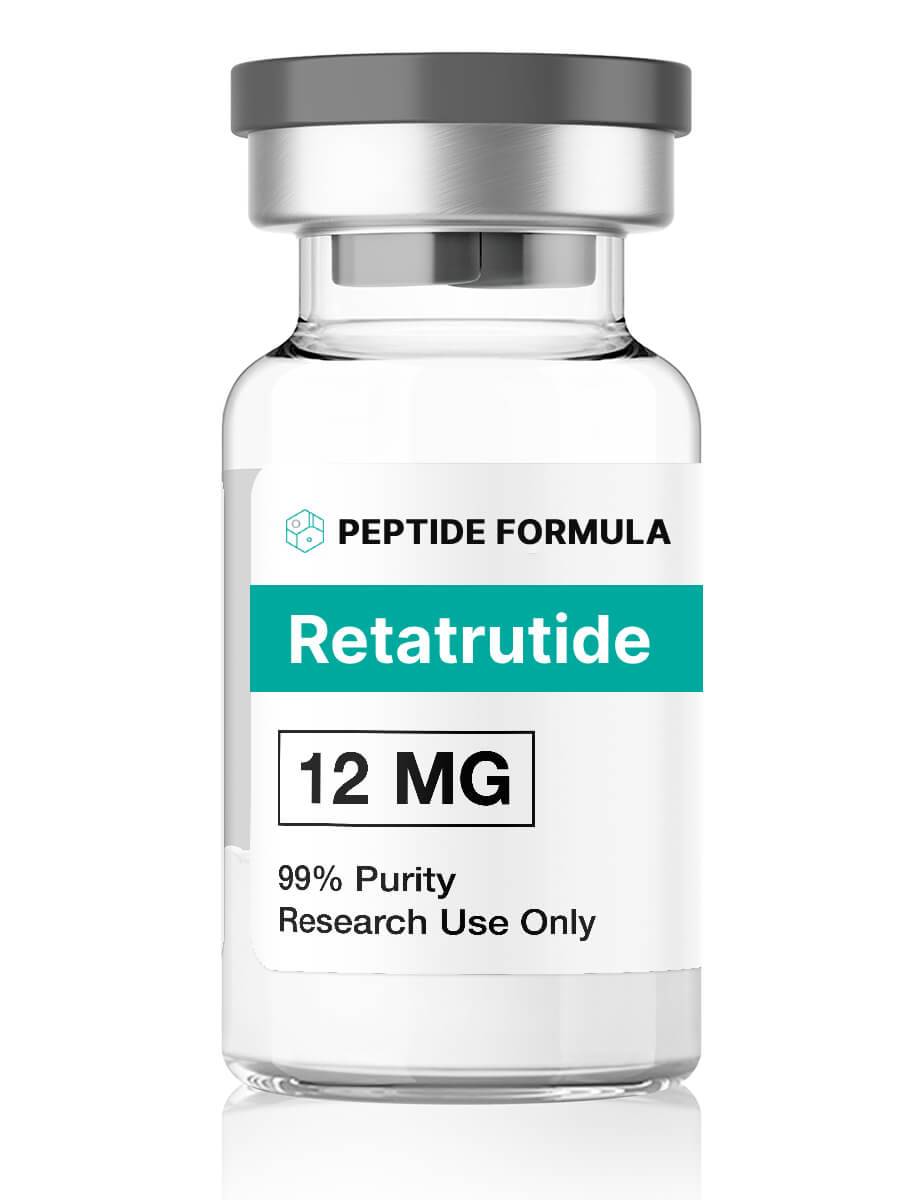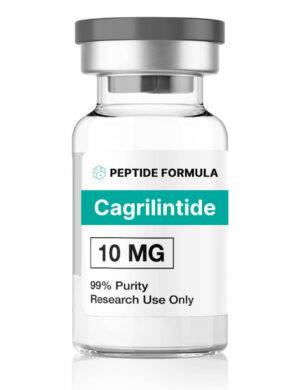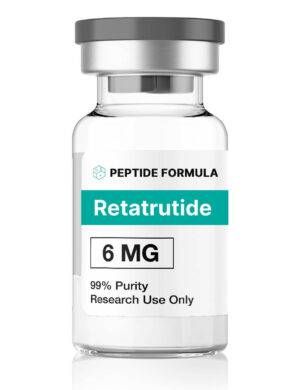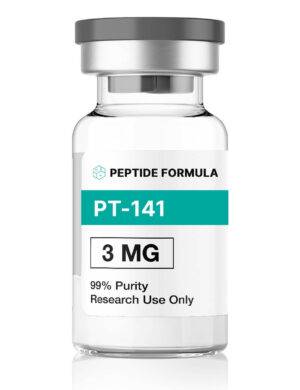Retatrutide 12mg
$230.00
Retatrutide is a GGG tri-agonist that targets GLP-1 and GIP receptors, akin to standard GLP-1 agonists, but also uniquely activates the glucagon receptor. This extra receptor interaction enhances glucagon production, leading to the breakdown of stored fats and glycogen, thereby increasing basal metabolism for more consistent fat loss. Its actions on GLP-1 and GIP receptors promote delayed gastric emptying and appetite control, offering a comprehensive approach to obesity research distinct from older GLP-1 agonists. Further research is required.
Description
Retatrutide is a new entrant into the rapidly-expanding space of anti-obesity peptides. It is known as a GGG tri-agonist. This means that retatrutide works at all of the incretin receptors including GLP-1 and GIP as well as the glucagon receptor itself. Research indicates that retatrutide may be the most effective weight loss peptide yet developed, with some studies showing a rapid and sustained weight loss response as high as 24% of total body weight[1]. Retatrutide is thought to promote weight loss by increasing energy expenditure as well as decreasing energy consumption. It does the former via action at the glucagon receptor and the latter through both central and peripheral appetite control.
What is Retatrutide?
Retatrutide, as mentioned, is a GGG tri-agonist. Retatrutide is a fatty acid acylated single peptide that combines GCGR, GIPR, and GLP-1R activities. It is based off of the GIP peptide backbone that is heavily modified. Modification of this backbone has allowed retatrutide to bind to albumin in the bloodstream. This, in turn, means that the drug remains in the blood for a prolonged period of time. This extended half-ife means that retatrutide only needs to be taken once per week[2]. It wide spectrum of activity allows retatrutide to bind to several difference incretin receptors and produce specific effects as follows.
Gastric Inhibitor Peptide Receptor (GIPR): Also called the glucose-dependent insulinotropic polypeptide receptor, this receptor is found in the central nervous system as well as throughout the Gl tract and body. It appears to play important roles inthe central mechanisms that affect hunger and is thought to play a role in sending “fullness” signals from the Gl tract to the brain
Glucagon-like Peptide Receptor-1 (GLP-1R): Activation of this receptor leads to slowing of gastric emptying. Slowed gastric emptying sends signals to the brain to decrease food intake and can therefore help to control energy consumption. Peptides targeting this receptor were originally developed to treat type 2 diabetes, but have since been found to improve weight loss and decrease the risk of certain forms of heart disease. They are under investigation for the treatment of depression, reward system disorders (e.g. alcoholism, addiction), polycystic ovarian syndrome, and non-alcoholic Tatty liver disease.
Glucagon Receptor (GCGR): The glucagon receptor is found mainly in the liver and Kidney. Mutations in this receptor are associated with certain forms of type 2 diabetes. By binding to this receptor, retatrutide increases glucagon production, which stimulates the breakdown of stored forms of energy like fat and glycogen. This leads to an increase in basal metabolism (even during sleep) that increases weight loss in general and fat loss specifically.









